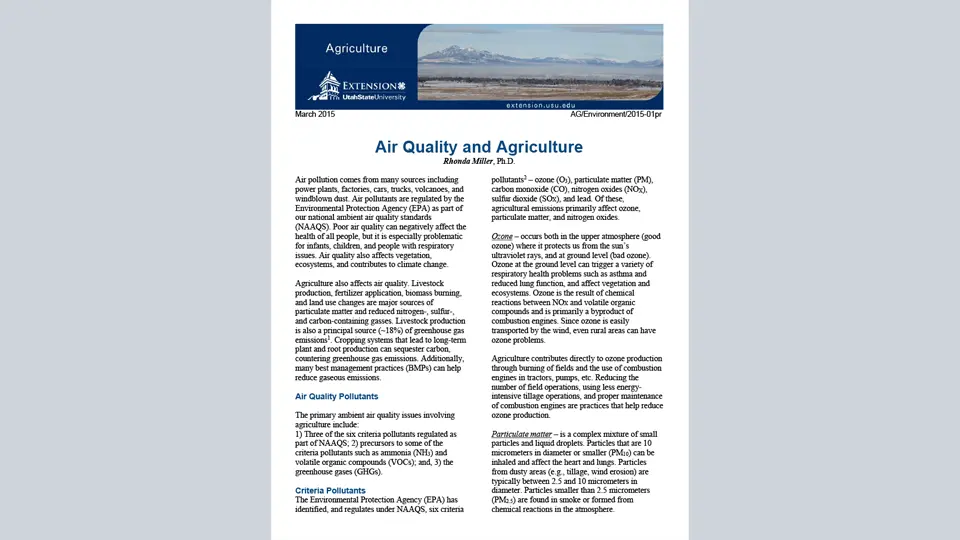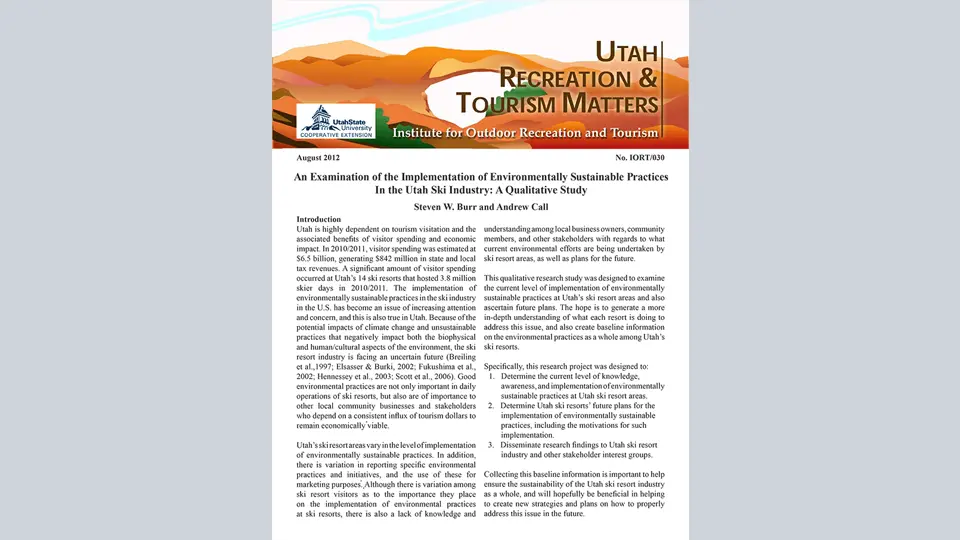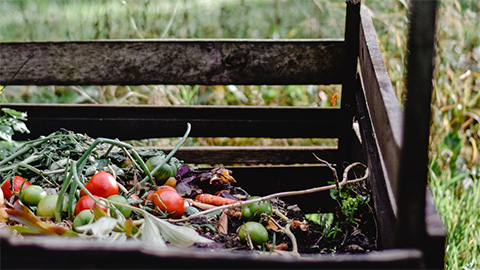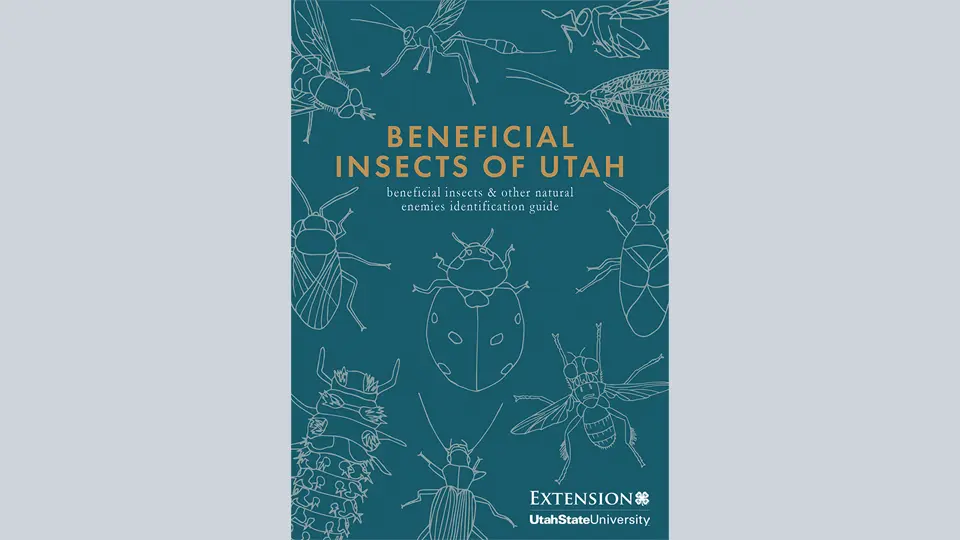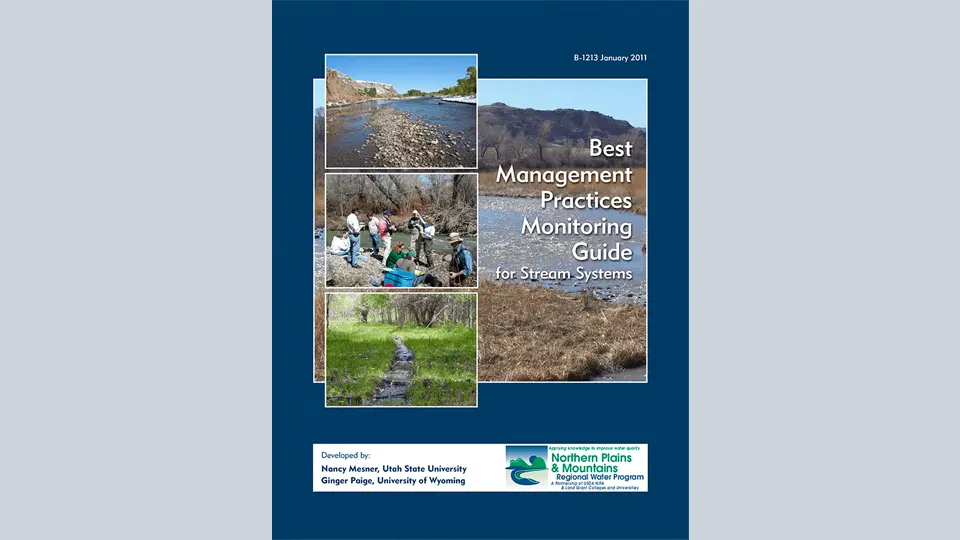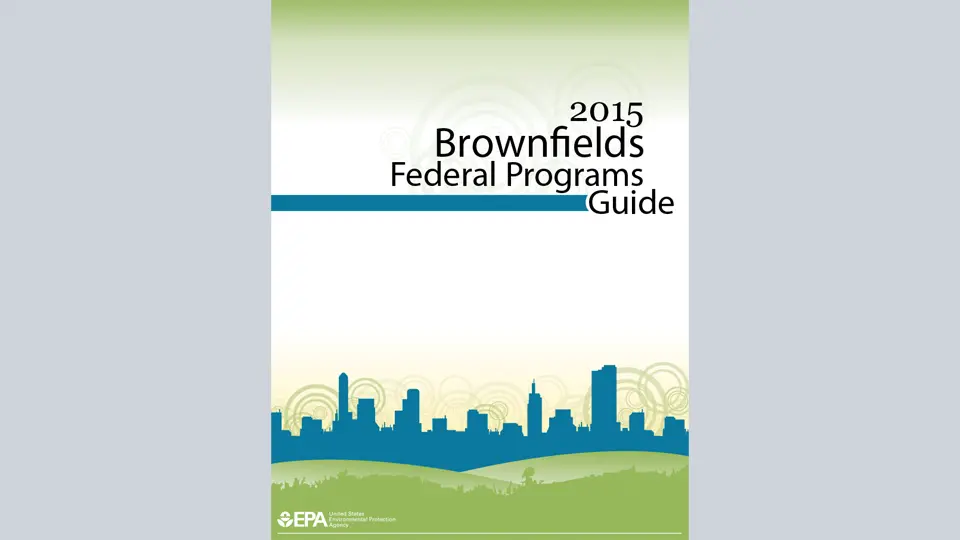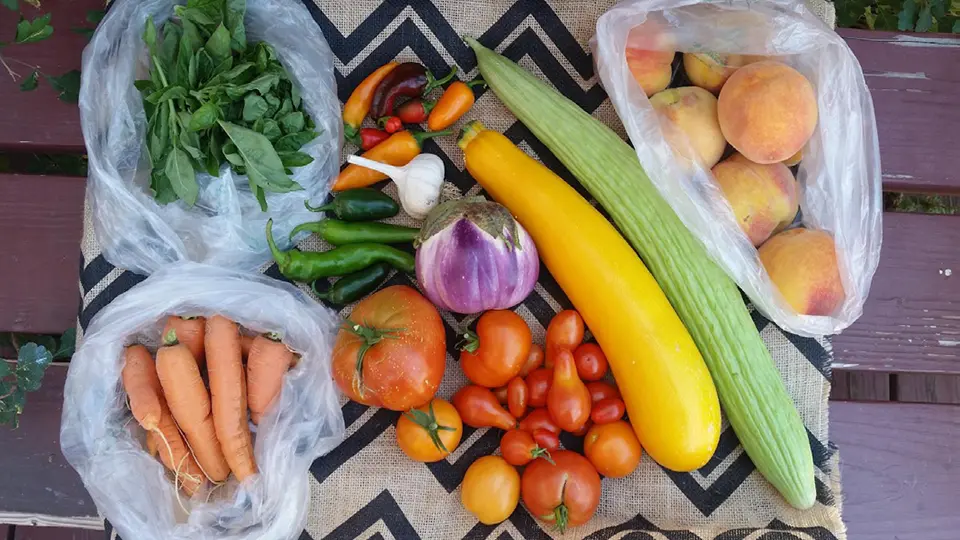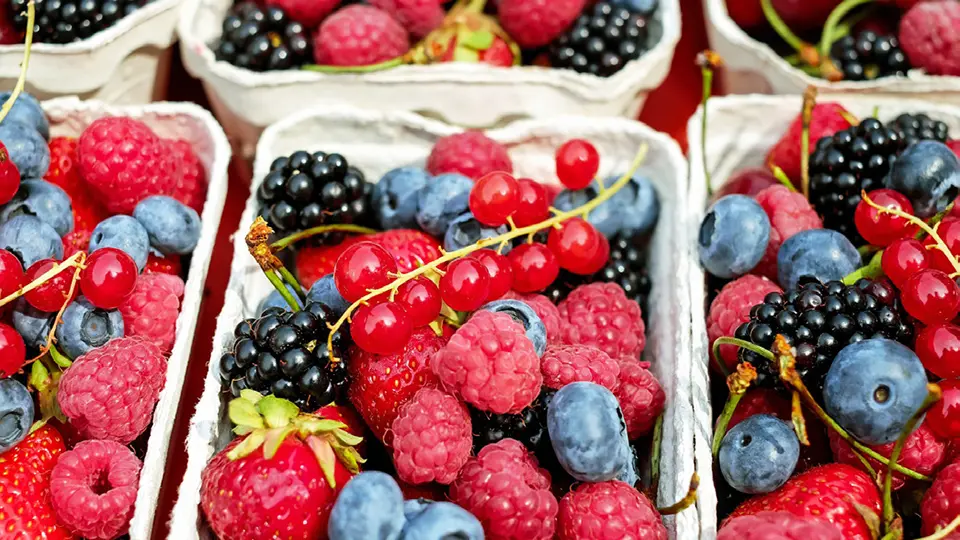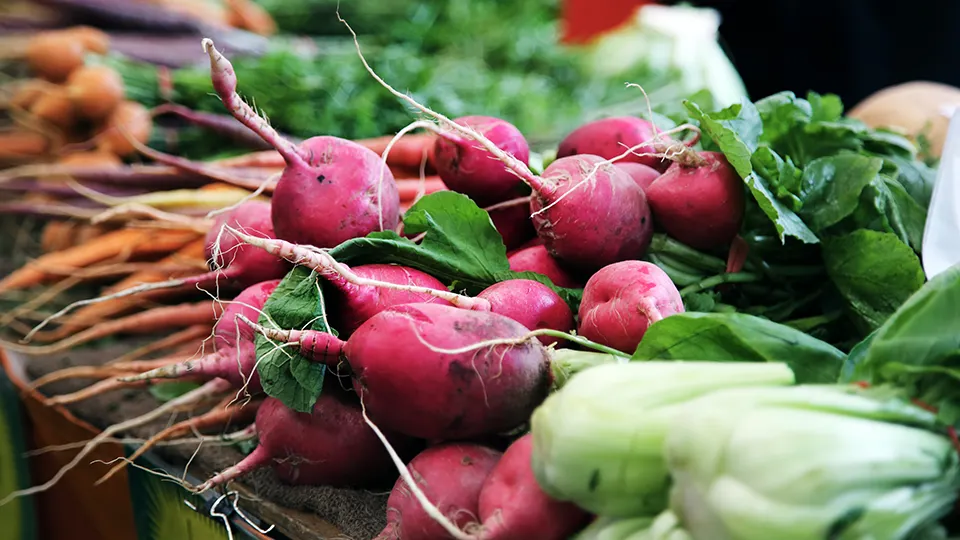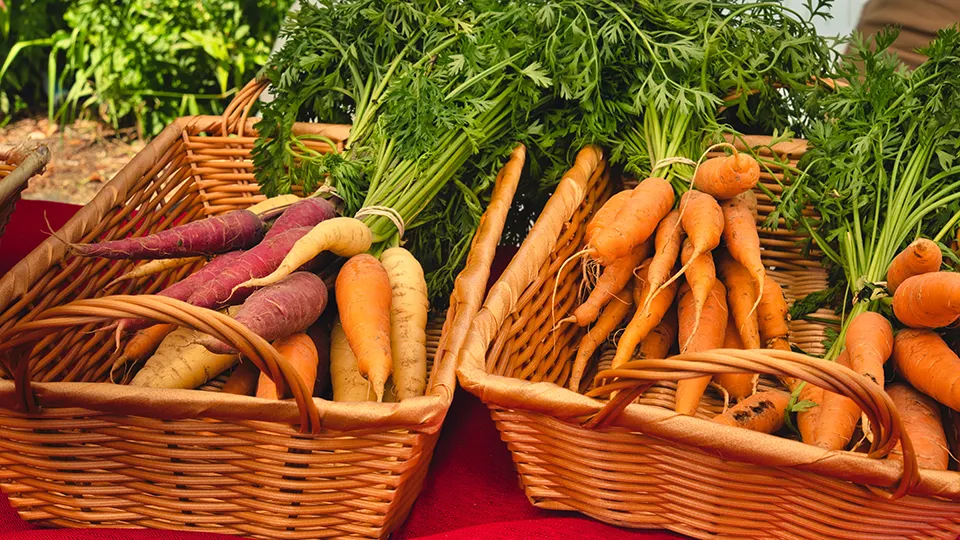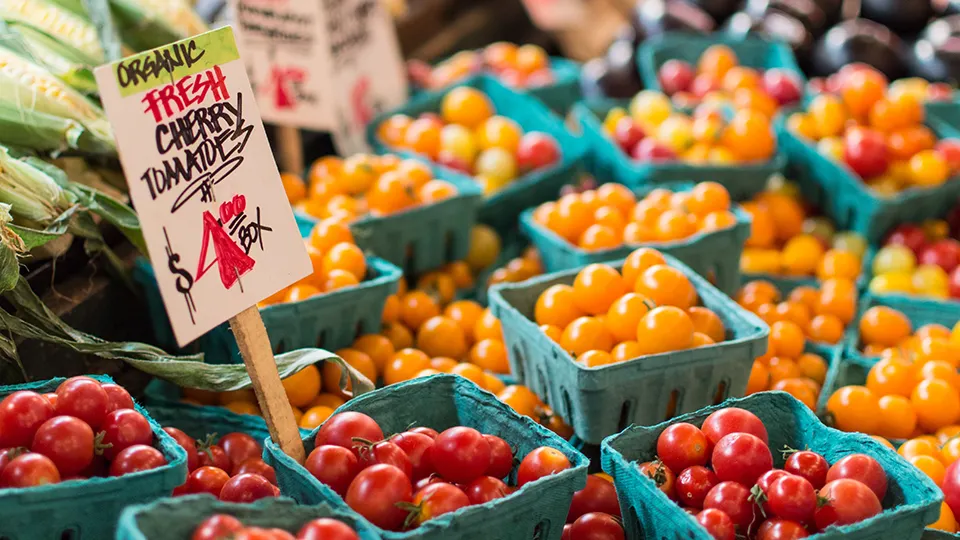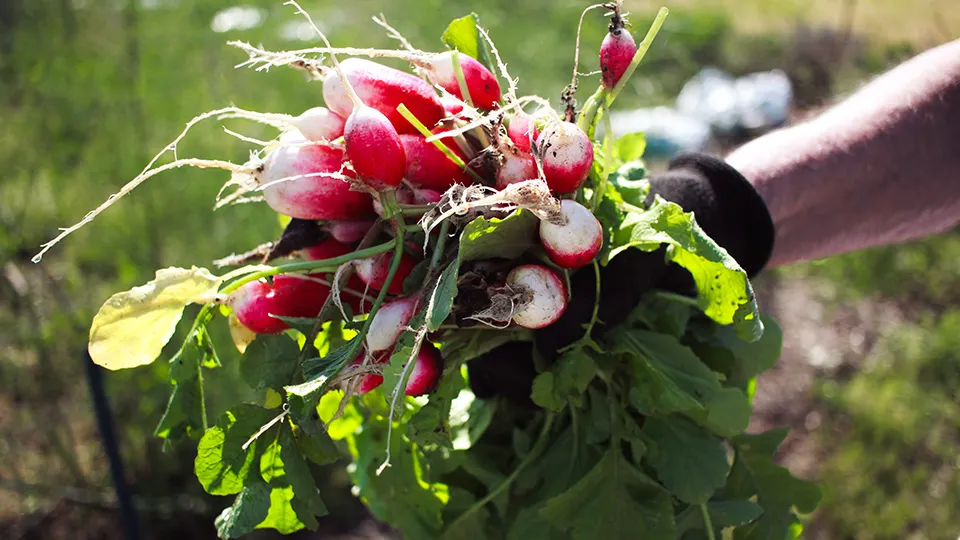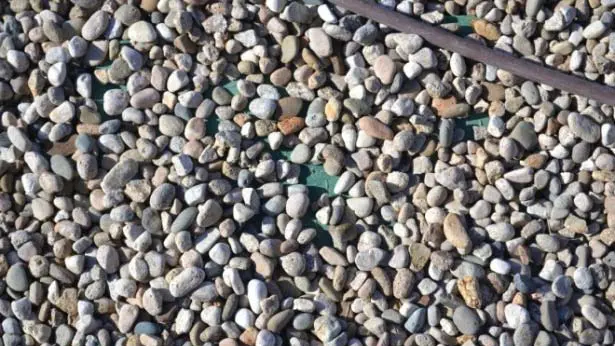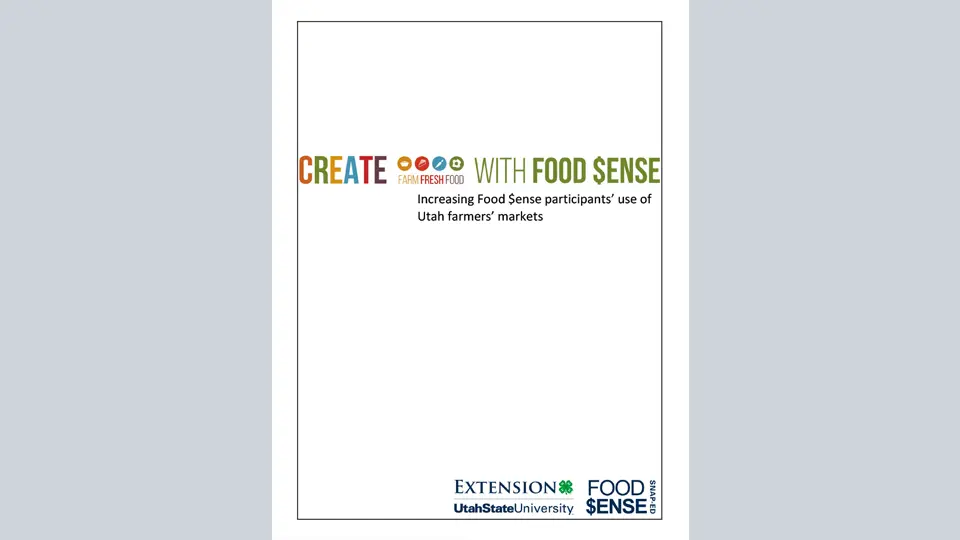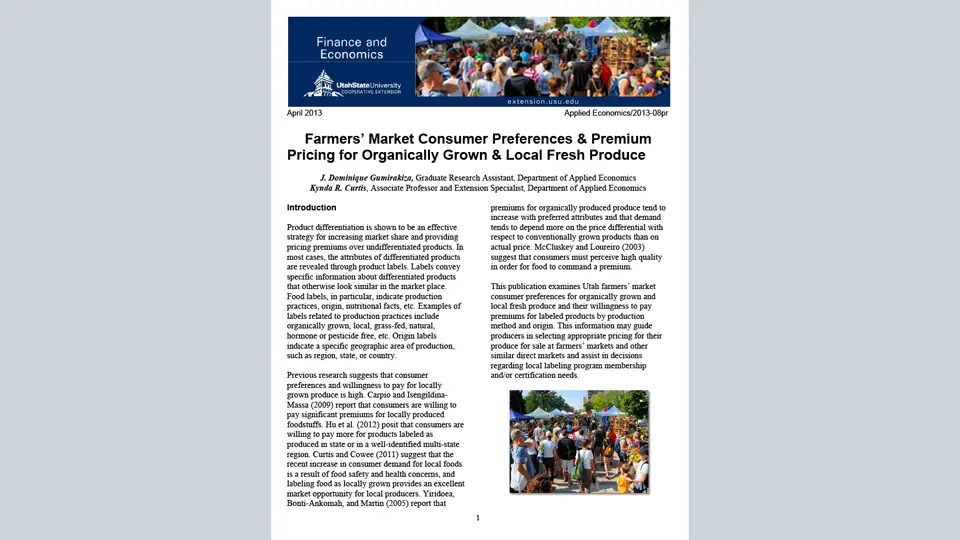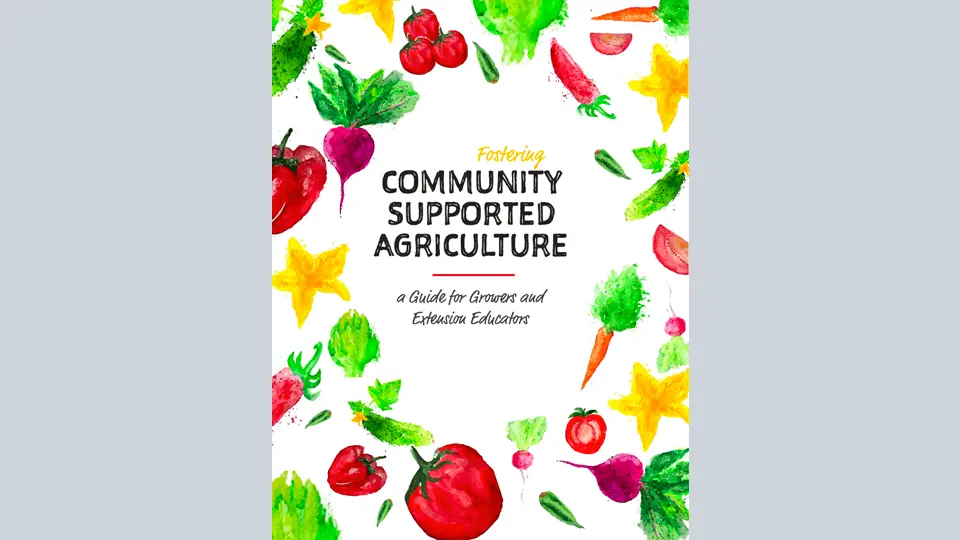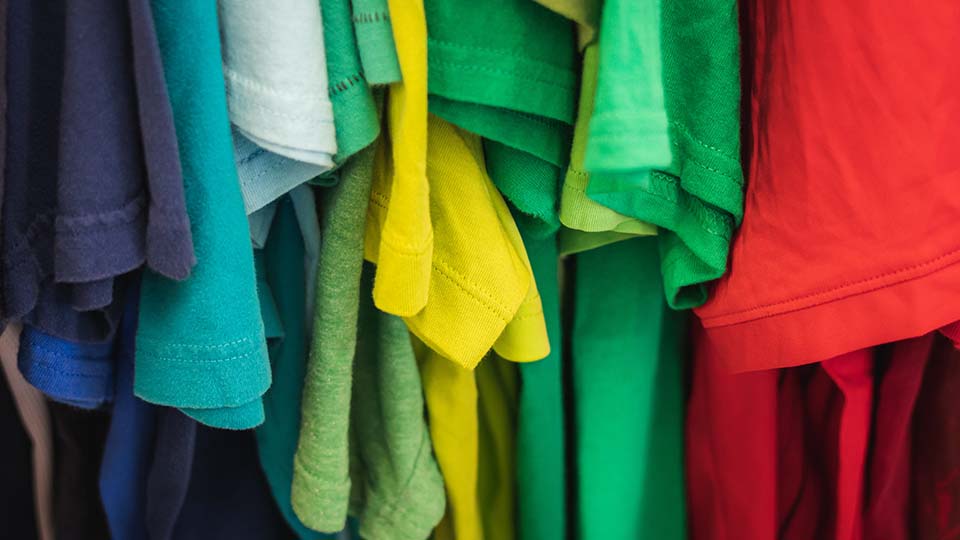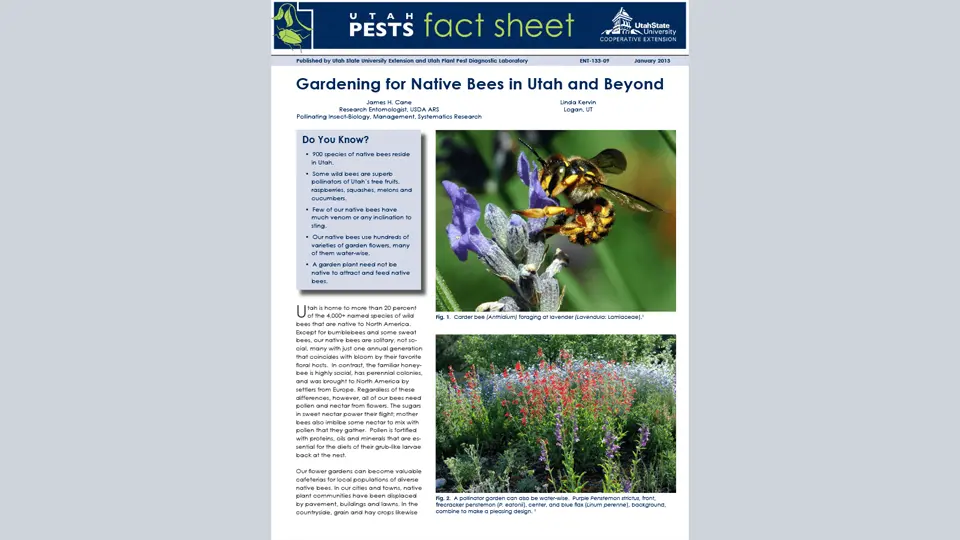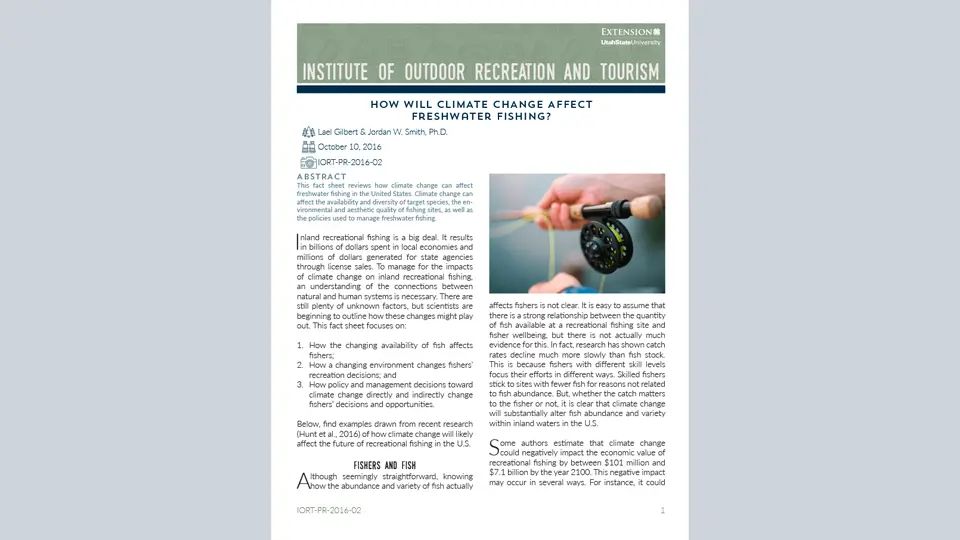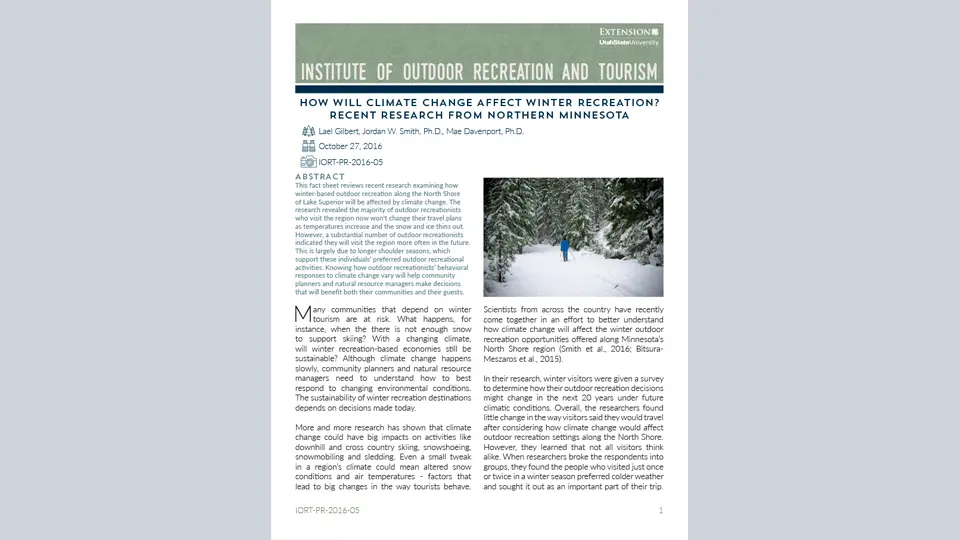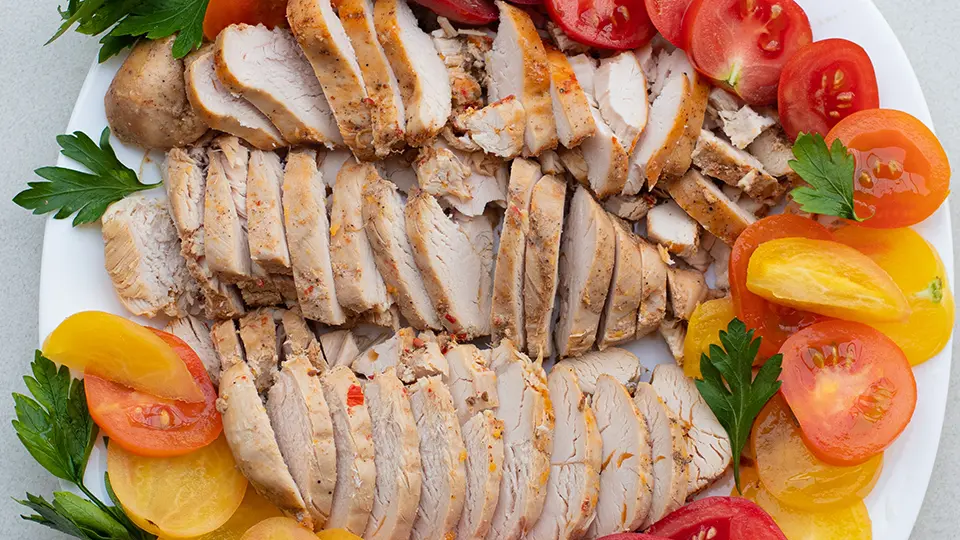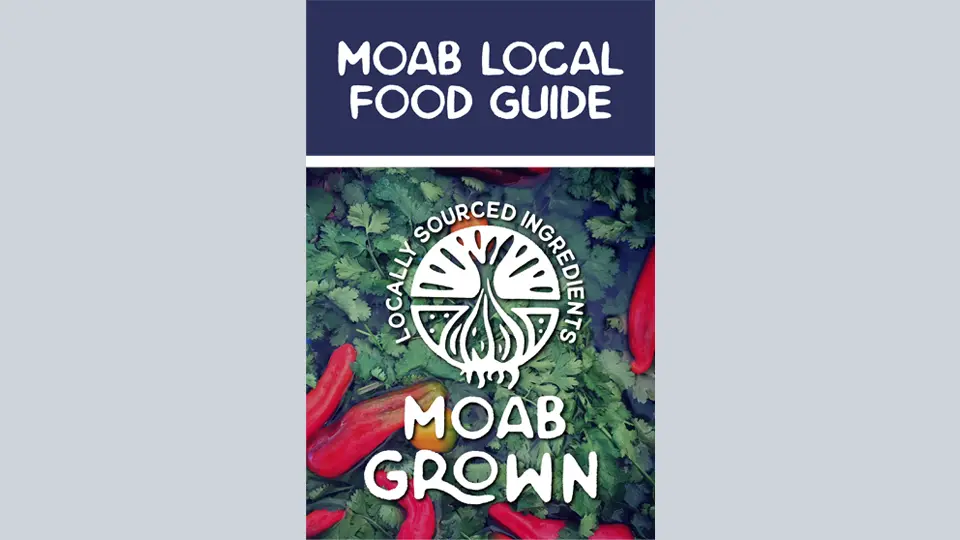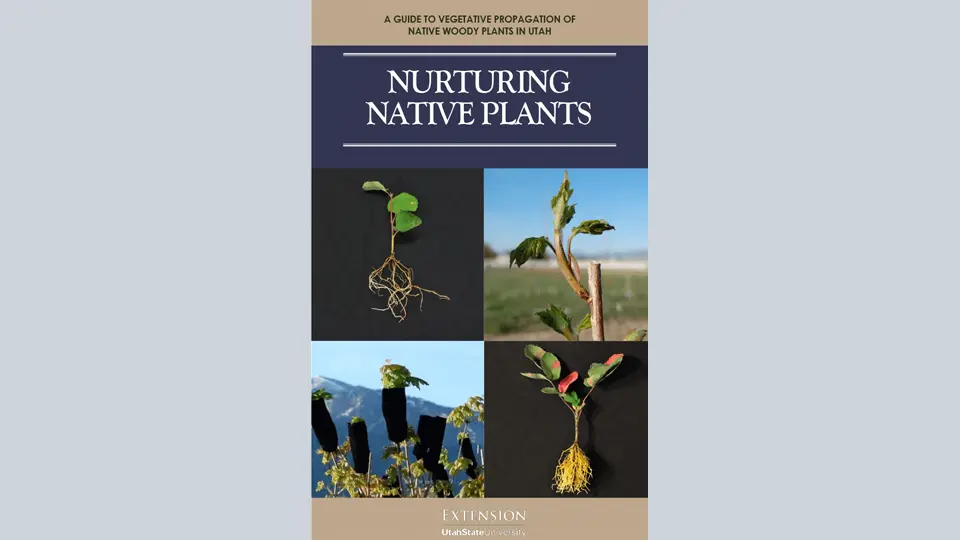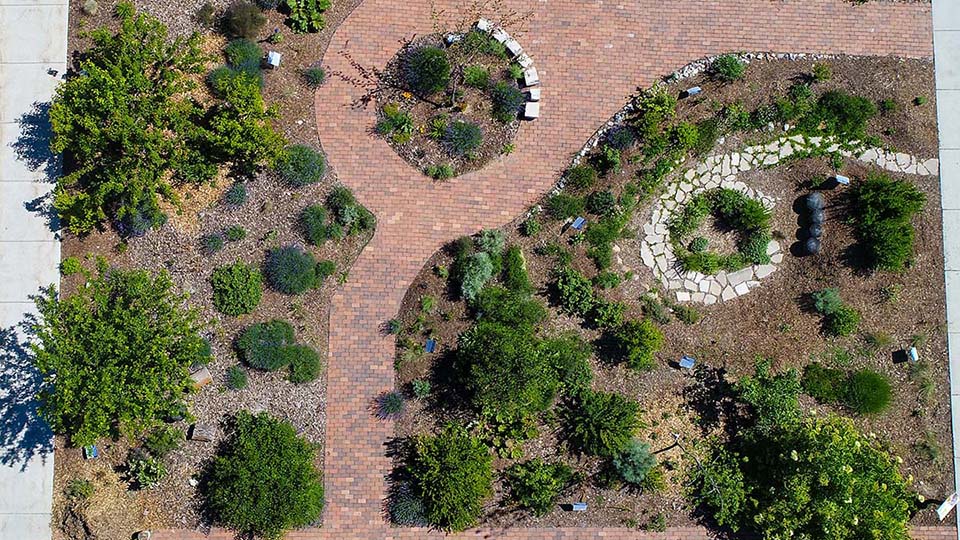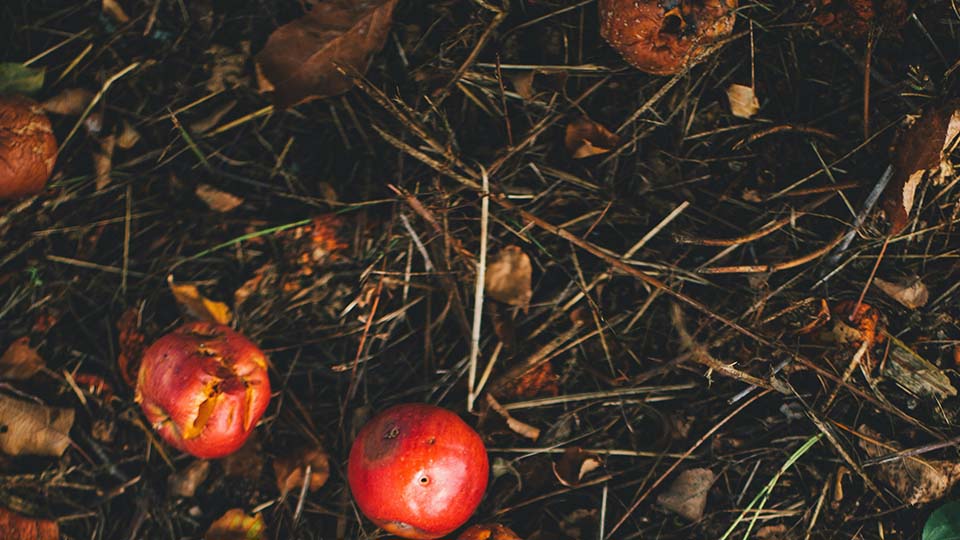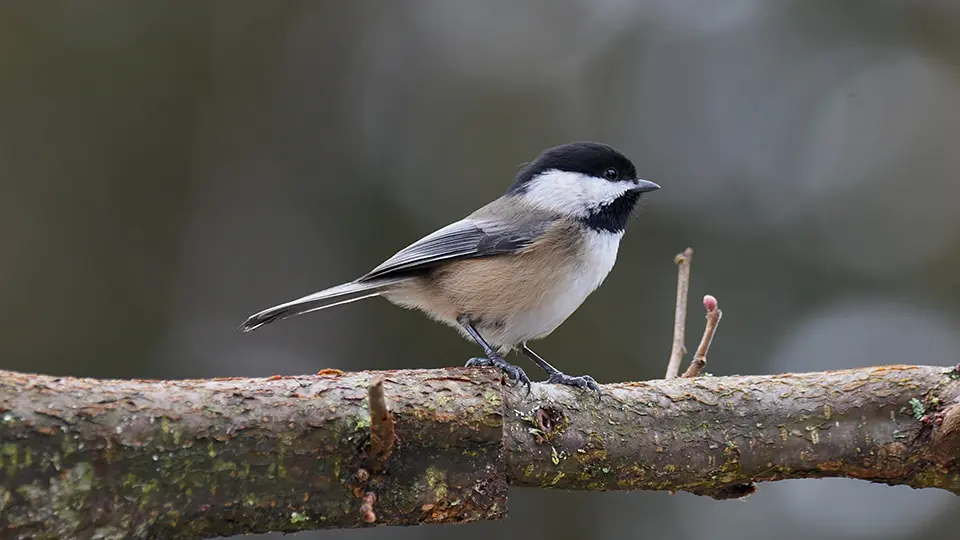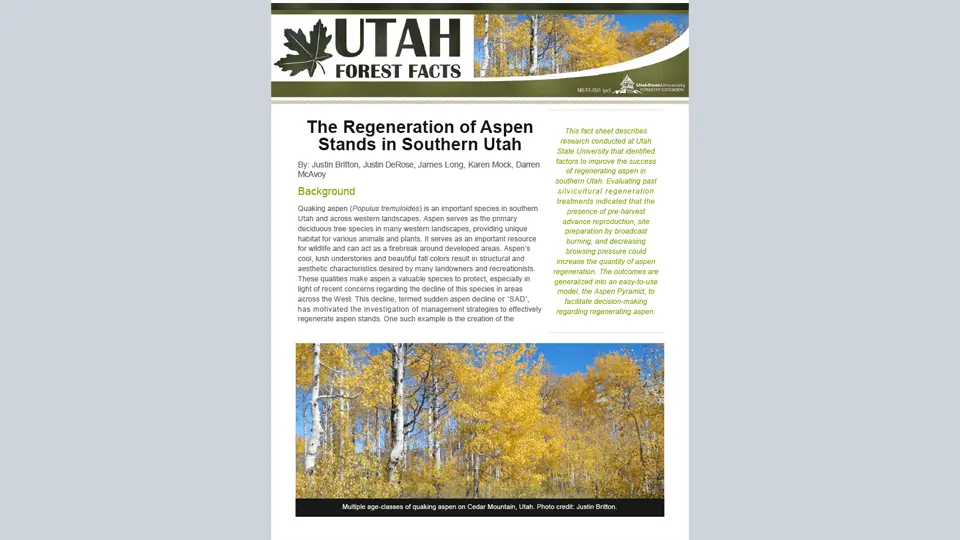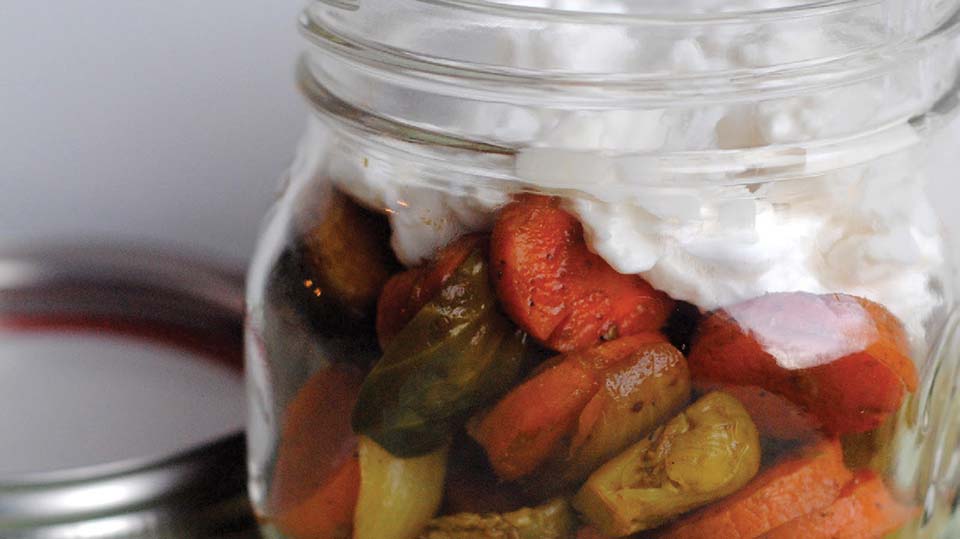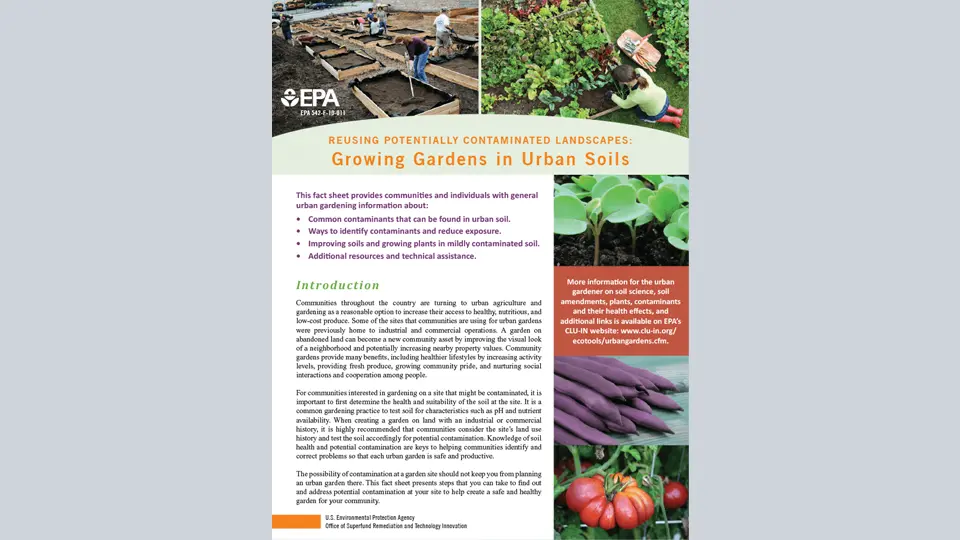Urban Edibles: Ornamentals
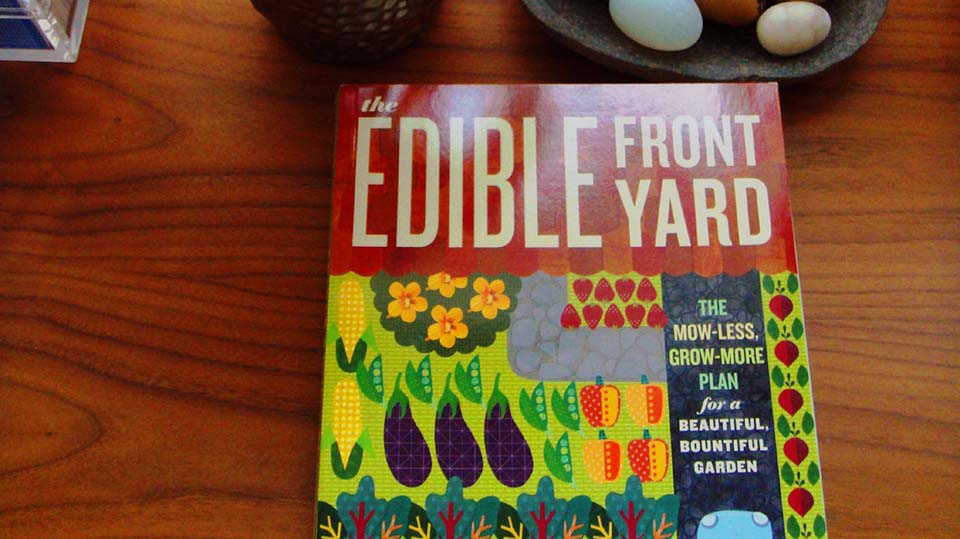
Urban Foraging
Who says the only place for city dwellers to pick up their daily dose of vegetables is the local farmers market or grocer? Some of the produce you need and enjoy is available to you in your own backyard and, better yet, is free of cost! Urban foraging is the art of finding, identifying and collecting wild edibles in everyday urban settings. From delicious fruits to weeds you would never in your wildest dreams think to eat, cities are full of handpicked eating opportunities! With a proper plant identification guide, most anything can be identified as edible or not.
Where to Begin?
Edibles can be found anywhere and everywhere from sidewalk cracks, gutters and ornamental gardens to park walkways and the favorite neighborhood climbing tree. The next time you cross the office parking lot or head out on your morning run, bring along a small note pad to jot down locations of any edibles you may find. Upon your first discovery, bring home a foliage sample to verify your find. Once you’ve identified your sample as safe to eat, add it to your list of go-to sites.
Plant Identification Guides
A critical part of urban foraging involves proper plant identification. Here are some great books to help get you started, or you can search for other resources online:
-
Anthony, D. & Hanly, G. (2012). The ornamental edible garden. Honolulu, HI: University of Hawaii Press.
-
Department of the Army. (2009). The complete guide to edible wild plants. New York, NY: Skyhorse Publishing, Inc.
-
Soler, I. (2011). The edible front yard: The mow-less, grow-more plan for a beatufiul, bountiful garden. Portland, OR: Ivette Soler.
-
Thayler, S. (2010). Nature’s garden: A guide to identifying, harvesting, and perparing edible wild plants. Ogema, WI: Samuel Thayler.
-
Thayer, S. (2006). The forager’s harvest: A guide to identifying, harvesting, and preparing edible wild plants. Ogema, WI: Samuel Thayler.
Back to Your Roots
All humans were hunter-gatherers once; searching for urban edibles rekindles a natural relationship with the land, utilizes innate senses to find food, and reinvents consumption. By foraging, you and your family will save money on groceries, get outdoor exercise, enjoy fresher food, and reduce your environmental footprint. Consumption of local foods that are in season (compared to non-local varieties that are out of season) will greatly reduce the carbon footprint of your dinner table (Martinez et al., 2010). A large amount of the flowers and produce you find in grocery stores are shipped in to the U.S. from other countries. The impact of flying, shipping and trucking is added to the already environmentally costly impacts of fertilizers and pesticides (Martinez et al., 2010). So go back to your roots, use your senses, and get foraging! The Earth and your taste buds will thank you for it.
Health Benefits of Foraging
Foods that have been foraged are fresher and more nutritious if handled properly. Fresh produce can provide health benefits including improved nutrition (fruits and vegetables begin to lose their nutrient value the minute they are harvested and continue to do so until they arrive on your plate), obesity prevention, and a reduced risk of chronic diet-related disease (Martinez et al., 2010). For best nutrient retention, prepare your foraged goods the day of harvesting.
Foraging can also aid your health through the actual physical nature of searching for and harvesting plants. Hunting for and harvesting edibles gets you up and moving, engaging your body and mind in a fun quest for healthy, free food.
Forgotten Fruits
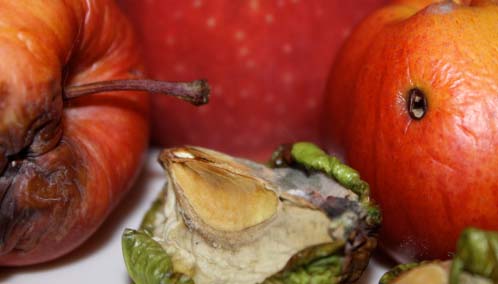
You’ve seen them melted onto sidewalks and piled in gutters: Bruised, smashed and baked by the sun, bountiful fruit harvests left for the birds and worms. With a little planning, this bounty could be yours. Foraging for fruits is a safe bet, especially with well-known and easily identified varieties like plums, apricots, apples, and cherries. Fruit found falling and rotting on public and private with permission land is a good sign that it is not wanted, and you can help yourself. If you notice neighbors with fruit trees with fallen fruit you can knock on doors and ask them if they would like some help with their harvest.
Fun Fact: Insects
Termites, grasshoppers and beetles all have a higher protein density than chicken. Save a few bucks on that grocery store breast meat and dig up some protein in your backyard
Flower Power
Roses
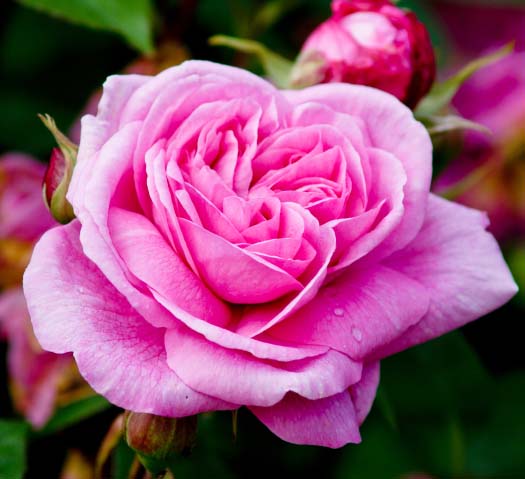
All roses are edible when they are not grown using heavy applications of pesticides. When foraging, check to see if the buds and blossoms have any bugs in and/or around them. If there are no bugs, it is more than likely that the bush has been treated with pesticides and is not safe to eat. For the best flavor, use your nose to find the most pungent roses and harvest before the heat of the day. Both the petals and the rosehips are edible. Before using rose petals, cut off the bitter white end of the petals. Roses are great in scones, cakes, sherbets, salads and icings.
Marigolds
Marigolds are one of the most commonly grown ornamental annuals, and are very easily found in any cityscape’s landscaping. Although common, they’re worth their weight in gold, literally: When dried and crumbled, the petals of marigolds can substitute for the most expensive spice in the world: saffron.
Sunflowers

You’ve had the seeds, but what about the petals? Sunflower buds can be steamed and eaten like artichoke. Petals are also great lightly steamed in salads, soups and stir-fry.
Harvesting Sunflower Seeds
Nature can do all the work when it comes to drying sunflower seeds! Just allow the drying process to occur naturally on the stem; when the backside of the sunflower’s head has turned brown and all of its petals have fallen off, it’s time for harvesting. To protect your seeds from the birds until the seeds reach harvesting point, cover the head with a paper bag. To collect sunflower heads, cut the sunflower off one foot down the stem. For seed harvesting, simply run your hand over the head and the seeds will fall right out.
Roasted Sunflower Seeds
After harvesting your seeds, remove any plant matter by quickly rinsing them in a colander. Preheat oven to 325 degrees. Spread your seeds on a large cookie sheet and bake for 25-30 minutes stirring frequently. Remove from oven when lightly golden and toasted. If you like your seeds salted, simmer seeds in salt water (about 1/3 cup table salt to a few quarts of water) for two hours on the stove. Lightly dry them and then continue with roasting instructions above.
Alpine Strawberries
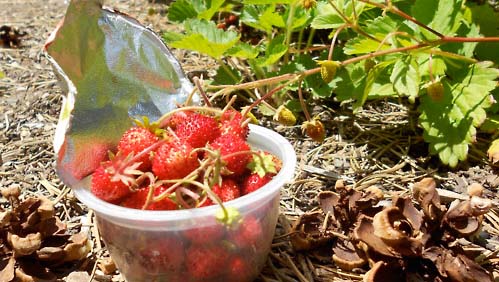
Also known as Everbearing Strawberries or Woodland Strawberries, Alpine Strawberries are commonly grown as an ornamental ground cover and found across the Northern Hemisphere along roadsides, trails, woodlands, sparse forests, and stream embankments. Though small, the fruit is bursting with flavor and considered a gourmet rendition of the ever-popular grocery store strawberry. Foraging season for these sweet treats begins in June and continues throughout the summer months. To ensure a long foraging season, pinch the stem between the thumb and forefinger so that the berry is removed with the calyx and a short piece of the stem remains intact.
Alpine Strawberry Fruit Leather
Ingredients:
Alpine Strawberries, Lemon Juice, Honey
Directions:
Check the weather forecast for a good day and a half of hot weather before starting fruit leather. (85 degrees and up!) Wash and cut the tops off of collected strawberries. Puree in a food processor. For each cup of pureed strawberries, add ¾ tablespoon of lemon juice and 1 tablespoon honey. Pour a cup of prepared puree onto each cookie sheet and spread evenly, cover with cheesecloth. Find a hot spot outside. The goal is to bring the fruit between 100 and 140 degrees Fahrenheit. You’ll want to start the drying process as early in the day as possible. Check drying fruit occasionally, over a day and a half time period. By the end of the second day your fruit leather should be dried and ready to be pulled from the pan and enjoyed. Finish drying your leather in an oven on low temperature if it hasn’t dried after two days.
Rose Scones

Ingredients:
- 2 ¼ cup all-purpose flour
- 2 teaspoons granulated sugar
- 2 teaspoons baking powder
- ½ teaspoon baking soda
- ½ teaspoon ground cinnamon
- ¾ teaspoon salt
- ¼ cup unsalted butter/coconut oil
- ¾ cup Greek yogurt
- ¼ cup milk
- 1 tablespoon rosewater (flavor extract made with rose petals)
- ¼ cup rose petals, cleaned & finely shredded
Directions:
Preheat oven to 425 F. Lightly spray a large baking sheet with cooking spray or coat with coconut oil. In a large bowl, sift together flour, sugar, baking powder, baking soda, salt, and cinnamon. Cut butter/coconut oil into flour mixture until particles are the size of small peas. In a separate bowl, combine yogurt, milk and rose water. Stir in the shredded rose petals. Add the rose mixture to the dry ingredients; stir until soft dough forms. Drop dough by the tablespoonful onto prepared baking sheet. Bake approximately 10 to 15 minutes or until golden brown. While scones are baking, prepare icing. Remove scones from oven to a baking rack and cool slightly, then drizzle the prepared icing over the scones while still slightly warm.
Rose Icing:
- 1 cup powdered sugar, 3 tablespoons rose water, shredded roses (for color).
Bachelor’s Button Fritters
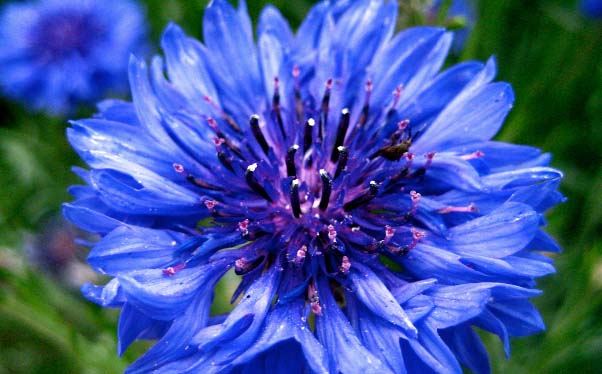
Ingredients:
- 1 egg
- 1 cup flour
- Bachelor’s button flowers, with ¼ inch of stem remaining
- Vegetable/safflower/olive/coconut oil
Directions:
Prepare skillet on the stove with a good layer of oil coating the bottom, about ½ inch. Warm oil over medium heat. Combine egg, flour and milk in large bowl; whisk together to form batter. While holding the flowers by the stem, twirl petals in the batter until completely coated. Drop petal-side down in oil, checking regularly; flip until both sides are evenly crisp and golden brown. Remove from oil, and place on paper towels to soak any excess grease. Serve with honey mustard.Sources
- Martinez, S., et al. (2010). Local food systems: Concepts, impacts, and issues. United States Department of Agriculture: Economic Research Report, No. 97.
January 2013
Utah State University Extension
Peer-reviewed fact sheet
Authors
Hayley Waldbillig & Roslynn Brain
Department of Environment & Society
Related Research




